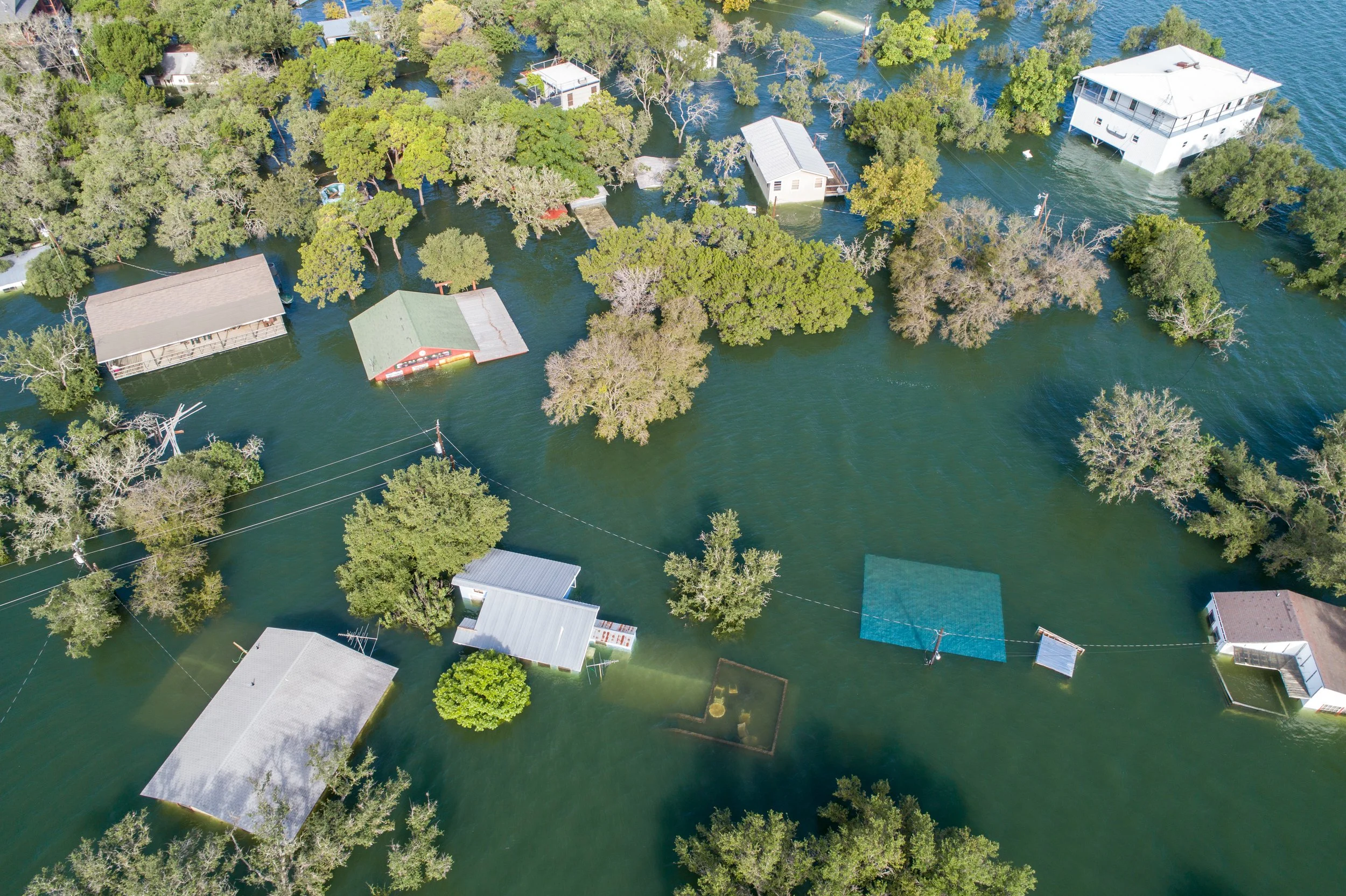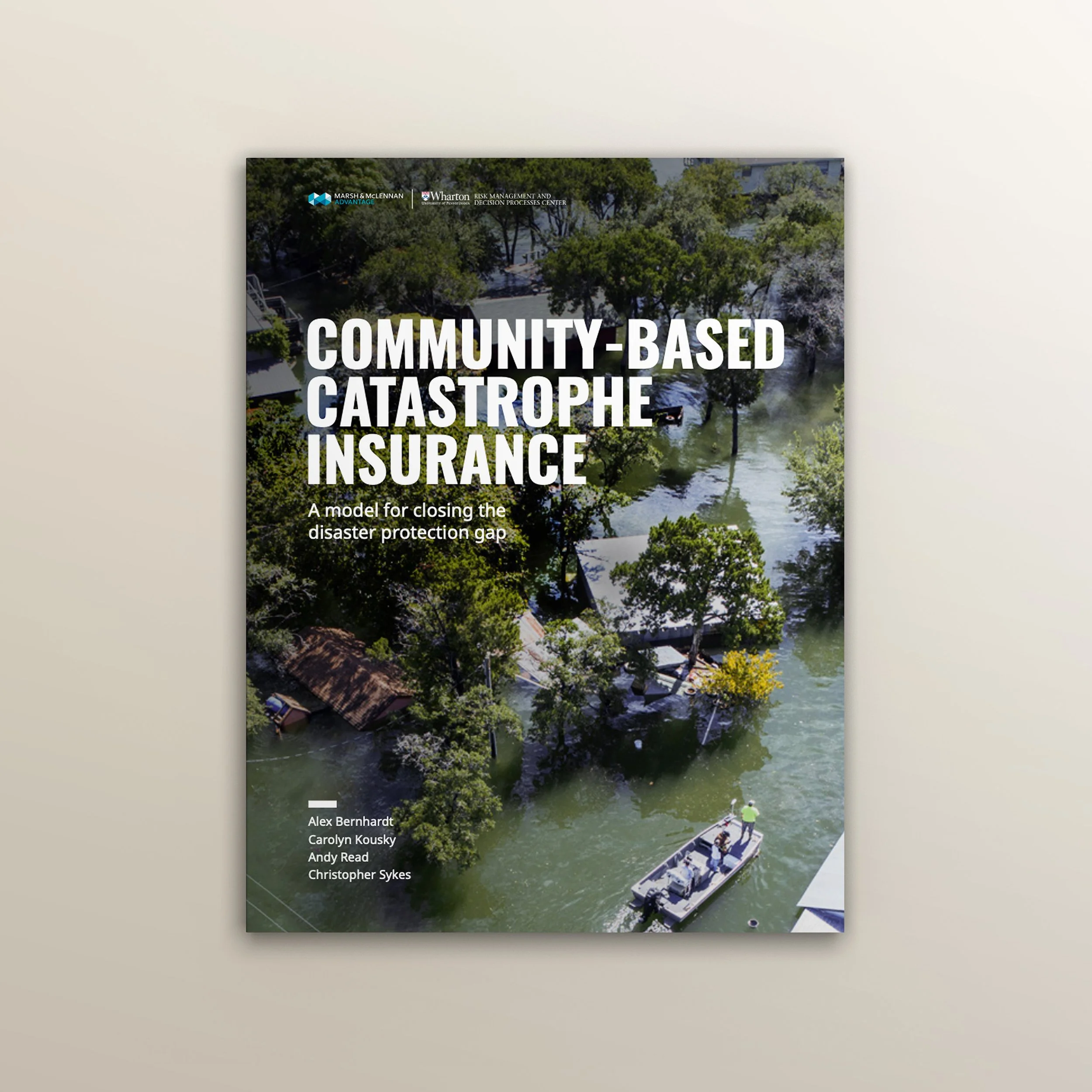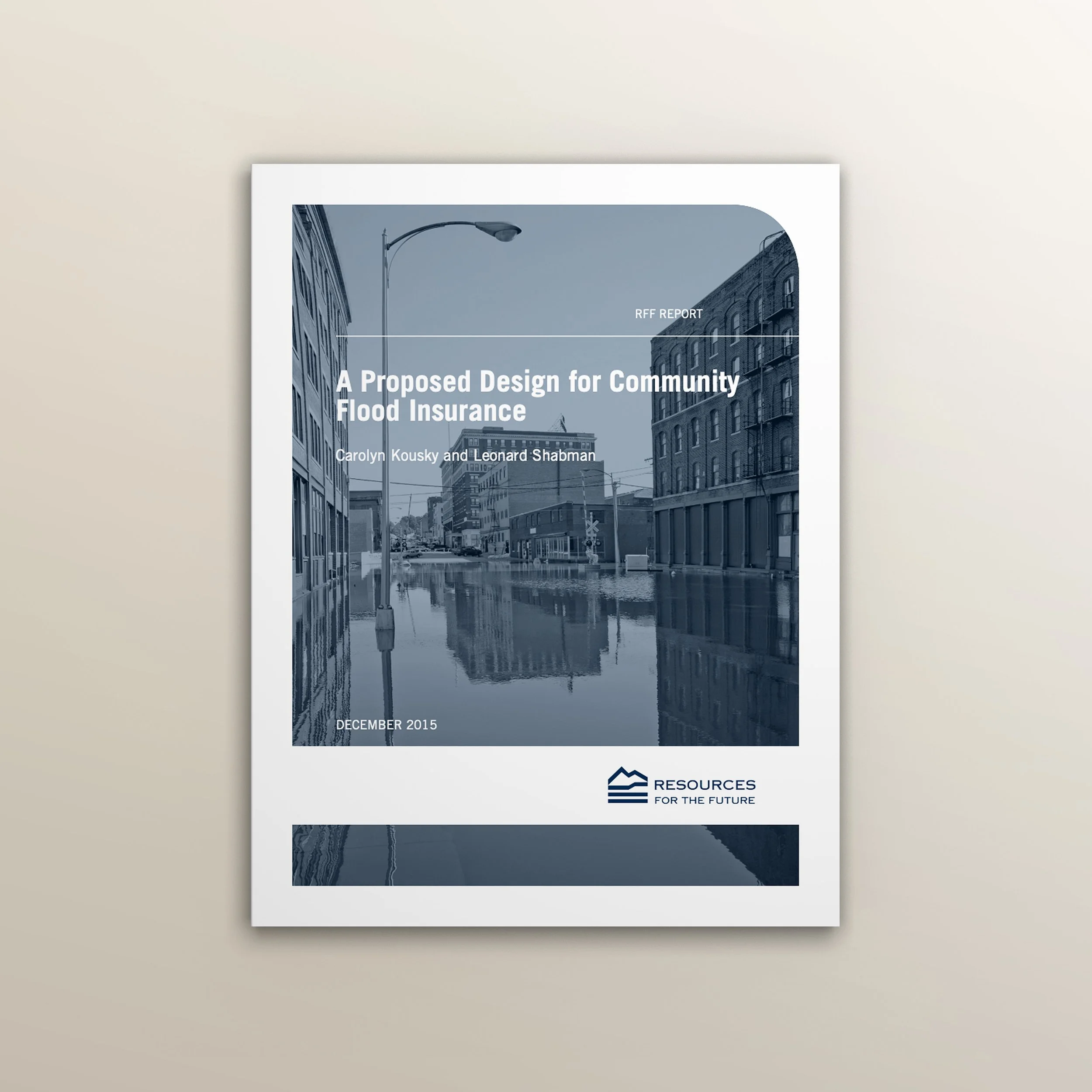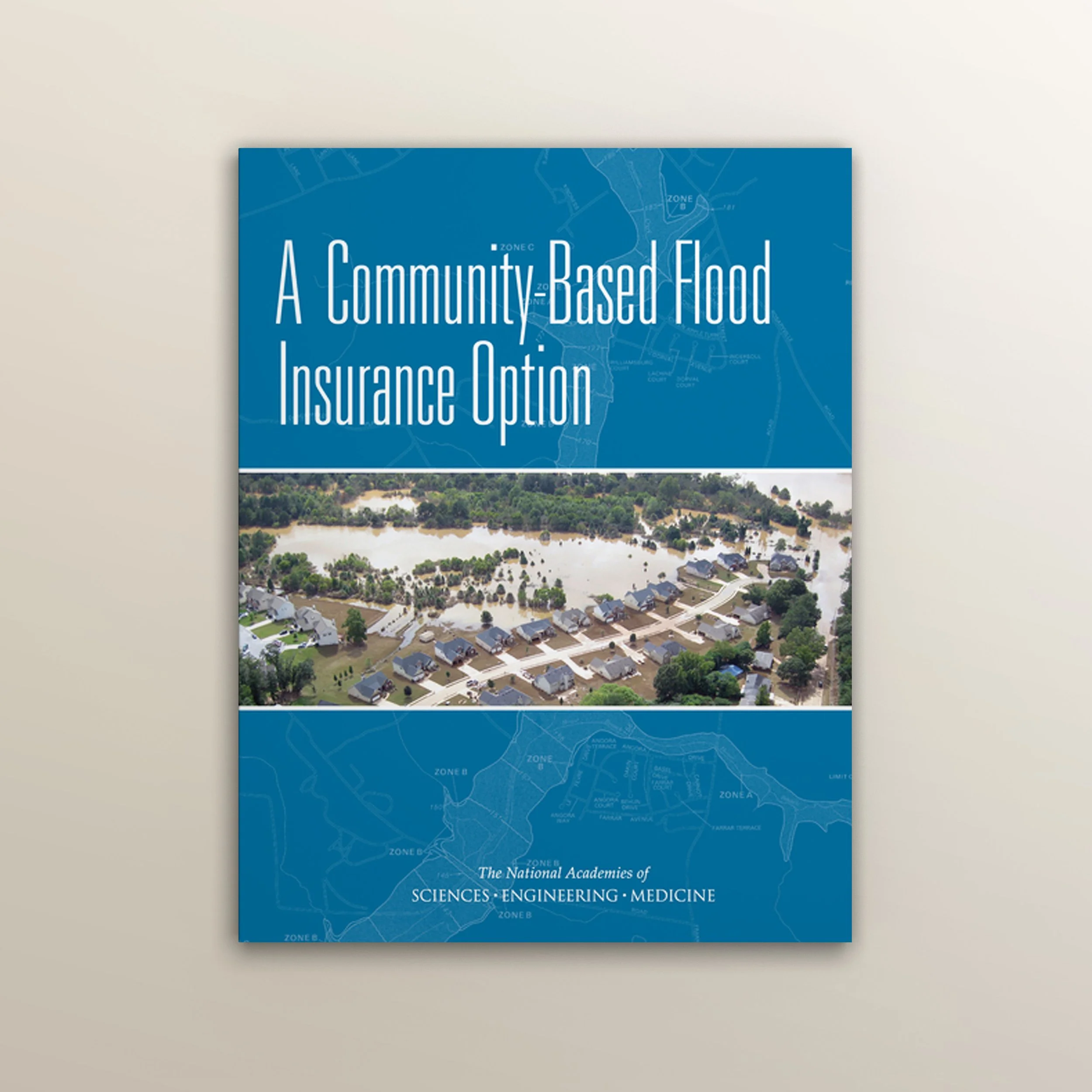Group Insurance.
Several new models of insurance have emerged that involve another institution acting as an intermediary between the insurance firm and the policyholder, designed to help secure coverage on behalf of a group. Globally, these models have often been called meso-insurance or aggregator models (referring to the intermediary institution as the “aggregator”). When the intermediary institution is a local government or public entity, this has been termed community insurance.
Learn more about community purchase models.
Community-based catastrophe insurance
-
Community Based Catastrophe Insurance (CBCI) is a disaster insurance program arranged by a local government, a quasi-governmental body — such as a special-purpose district —or a community group covering individual properties within the community. There is enormous flexibility in the structure and design of CBCI, allowing it to be tailored for various types of communities and to meet a range of needs.
proposed design for community flood insurance
-
Community purchase of flood insurance has been suggested by academics and policymakers as a way to secure more widespread insurance coverage for those at risk. Community flood insurance is a single policy, purchased by a local governmental or quasi-governmental body, which covers a group of designated properties. This report proposes a design for a community flood insurance policy that would be attractive to communities and feasible for the National Flood Insurance Program or a private (re)insurer to offer.
A Community-Based Flood Insurance Option
-
At the request of FEMA, this report identifies the key issues and questions for further analysis of a community-based flood insurance program. As the report describes, the community-based option offers potential benefits, such as the prospect of providing coverage for all (or nearly all) at-risk residents. At the same time, many current challenges facing the NFIP may not be resolved by a community-based approach.

First pilot of a group model in the U.S.
Most households struggle with timely access to sufficient financial support for the wide-ranging expenses disasters impose. And without adequate financial resources for recovery, natural disasters can become tipping points that set back hard-earned financial gains — especially for low-income households. A pilot program, now in its second year, addresses the delays low- and moderate-income households can face in accessing funds for immediate post-disaster needs. A cross-sectoral team collaborated to design a parametric rainfall risk transfer product, purchased by the Center for NYC Neighborhoods, to fund emergency cash grants to households in need after a qualifying flood.
Read more in the team’s final reports that summarize lessons learned:
-
This report shares valuable insights from the design and launch phases of this effort, providing key lessons for other community organizations, non-profits, or local governments that may wish to explore such a solution in their communities.
-
This report takes a step back to the early process of concept development. The report documents the process of social innovation, grounded in the needs of the community and driven by research findings, to support other efforts at innovation to better harness risk transfer as a tool for social and environmental goals.
Launching a Community Flood Insurance Pilot in Isleton, California.
Isleton, a small city in the Sacramento-San Joaquin Delta, experienced a devastating flood in 1972. Residents have been seeking a path to insurance that can support their flood-prone community that lies within a 100-year floodplain.
Learn about how the community has continued to come together for flood safety and is testing a new parametric flood insurance concept.
In 2023, under California law, the City of Iselton voted to create the Delta GHAD (Geological Hazard Abatement District) as a special district empowered to assess and use fees to purchase private flood insurance policies to assist community members in recovering from a flood. After forming the GHAD, the city worked in partnership with UC Davis and community and government stakeholders to develop a first-of-its-kind model for a community-based flood insurance initiative.
The pilot project, led by the California Department of Insurance (CDI), is funded by the California Department of Water Resources (DWR) and implemented by the City of Isleton’s Delta Geologic Hazard Abatement District (Delta GHAD). The project involves a parametric flood insurance product that would provide a small payout for residents. Residents can then choose on their own to purchase additional coverage through the federal National Flood Insurance Program.
Isleton, California in 2024. (Alysha Beck/UC Davis)
Embedded models.
Insurance policies could be embedded with other products or accompany participation in certain programs. This could be a method for delivering microinsurance policies, raising it to the level of an aggregator model.
One such example would be linking insurance to loans. this concept was explored in the EDF report, Linking Inclusive Finance with Inclusive Insurance in the United States through Community Development Financial Institutions.
Microenterprises and small businesses are essential for disaster recovery, providing needed goods and services and reestablishing employment, and yet are themselves highly vulnerable to economic shocks, such as extreme weather events.
Several approaches have emerged around the globe to link inclusive finance with inclusive insurance (appropriate and affordable risk transfer for those not served by the market). This report focuses on community development financial institutions (CDFIs), which are mission-driven organizations in the U.S. that often provide financing for small businesses in distressed communities, and suggests two innovative risk transfer models CDFIs could harness to improve the recovery of small businesses in disadvantaged areas from weather-related extremes, with spillover benefits for their broader communities.
